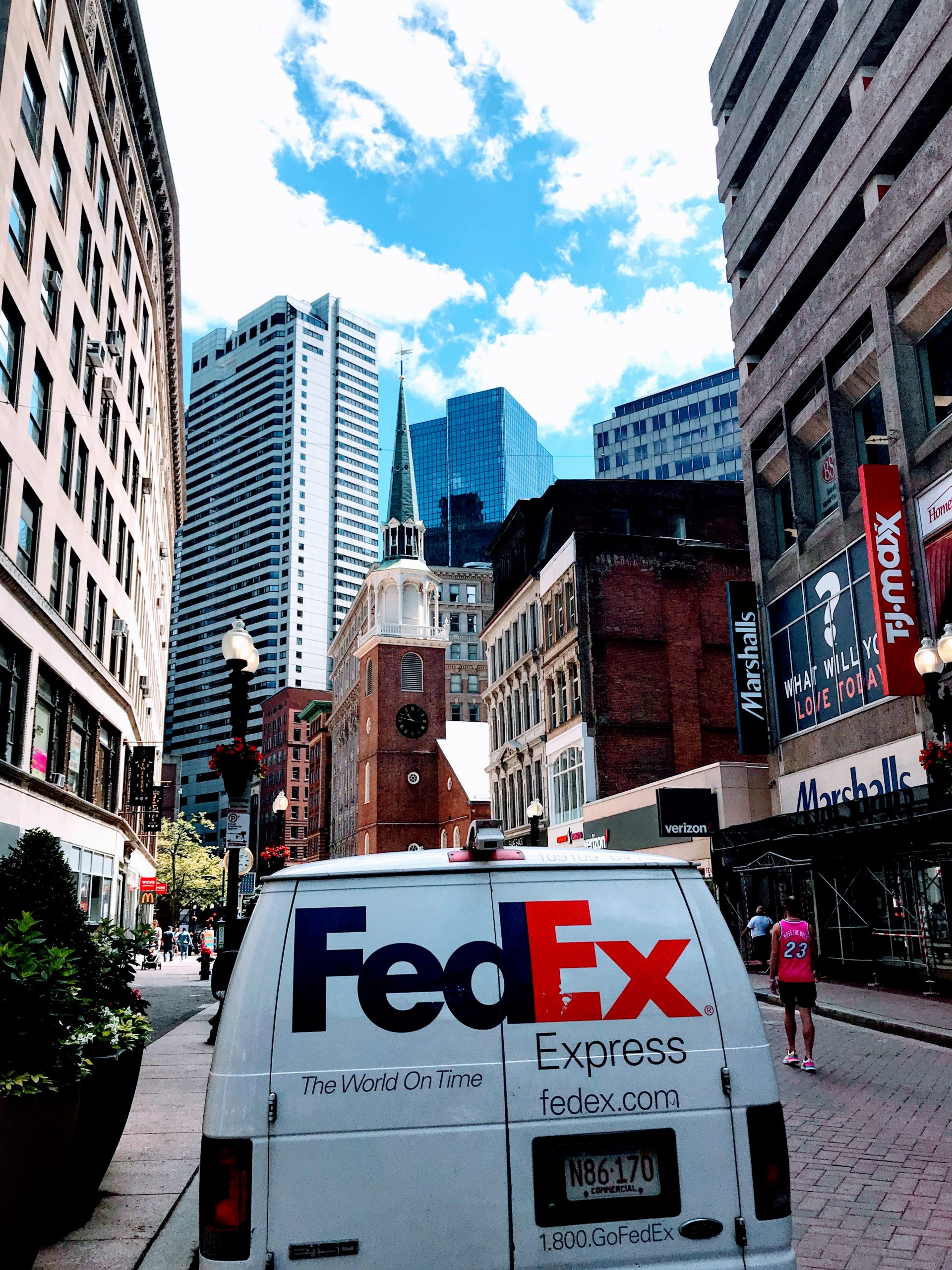In an early post, I talked about the upsides and downsides of e-commerce logistics on the environment. The main idea there is that e-commerce can potentially reduce CO2 emissions if customers end up driving less in their own cars. However, because of the small batch size of typical e-commerce orders, delivery trucks end up drive many many more miles, overwhelming the saved customer trips. Moreover, huge amount of packaging materials are used, causing further emissions in the packaging supply chain.
Unfortunately, it seems to me that with the trend of faster-delivery in E-commerce, things are going to get worse on the sustainability front.
I remember about 10 years ago in the 2010s, next-day delivery was the ‘holy-grail’ of e-commerce: You get your stuff the NEXT day you order it! Now, Amazon can do same-day delivery for quite a few things.
From a supply chain perspective, that means companies needs to set up many more warehouse near high-demand areas. There will be many more delivery activities. It also means many more upstream logistics, as warehouses need to replenished more frequently.
In a new study by a group of MIT researchers titled “The environmental impact of fast shipping ecommerce in inbound logistics operations: A case study in Mexico“, they show that the demand for fast delivery increases total emission of inbound logistics (i.e., from suppliers to DCs) about about 15%. This is mainly because trucks need to make more trips.
A similar pattern happens with outbound logistics: Delivery vehicles (vans, trucks, cars) are going to make more frequent trips. In addition, because of the fast-delivery requirement, batch sizes of customer orders will be smaller. Shippers will use more packaging materials. The end result? More emissions.
An immediately solution is to use EVs as much as possible in the logistics network. However we are quite far from that vision, as electronic vans and trucks are just starting to emerge.

Leave a Reply
You must be logged in to post a comment.